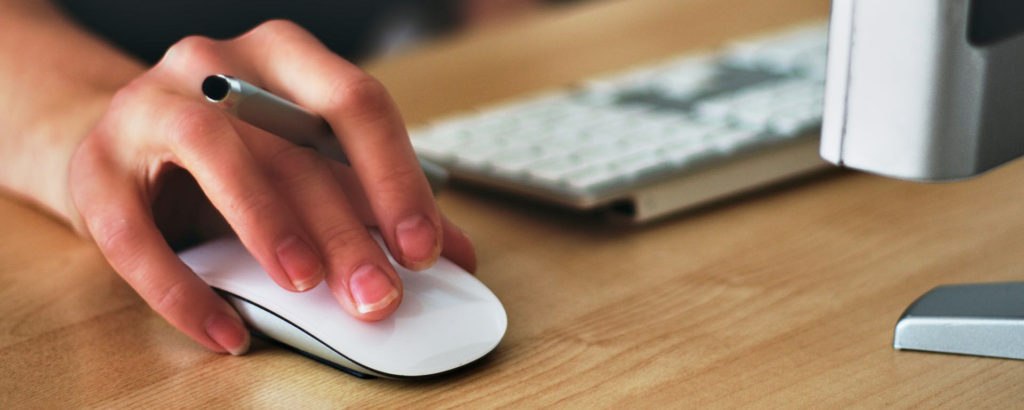There are many misconceptions about smoothies. You throw in some fruit, pick a milk base and off you go. But do you really know how much sugar you’re drinking?
Here is my rendition of a smoothie, that’s low in sugar, I drink daily to help curb cravings and keep me full on a busy day between patients.
Keto Coffee
Depending on my mood that day I either add the coffee or just use the base of unsweetened almond milk.
INGREDIENTS
1 ½ cups of unsweetened almond milk ( I increase by ½ cup of almond milk if i remove the coffee that day)
½ cup fresh brewed coffee
1 tbsp chia seeds
2 tbsp MCT Oil ( Medium chain triglycerides)
1 tbsp powdered peanut butter
half of a scoop of whey protein powder (chocolate or vanilla works well)
1 tbsp of marine collagen
Place all ingredients in a blender and blend until smooth
* Please note that you have to slowly introduce MCT oil into the diet as it can cause gastrointestinal disturbances. I would recommend starting with 1 tsp and see how your body reacts and gradually increase.
*I usually make this the night before and store in a mason jar in the fridge, allowing the chia seeds to gel and flavors to heighten.
I’ll include the recipe I use if I’m feeling particularly adventurous that week and make my own almond milk.
Fresh Almond Milk
I’m sure you have noticed when reading a carton of alternative milk products there can be a long list of ingredients- added thickeners, sweeteners and flavourings.
Homemade nut milks are very easy to make and so unbelievably fresh!
INGREDIENTS
1 cup raw almonds
4 cups of water
1- 2 tsp of vanilla extract
1-2 tsp of cinnamon or cocoa powder (optional)
DIRECTIONS
Place almonds in a glass bowl and add 3 cups of filtered water, cover with a kitchen towel and refrigerate overnight.
Drain and rinse well, discard soaking liquid
Place nuts in a high-speed blender with 4 cups of fresh water. For a slight sweetness you can add dates, vanilla extract or cocoa powder to flavor the milk.
Strain using a nut milk bag you can find these at bulk barn. Over a glass bowl gently squeeze. Refrigerate and drink within 2 to 3 days.
*The discarded almonds I refrigerate and use as almond flour.



